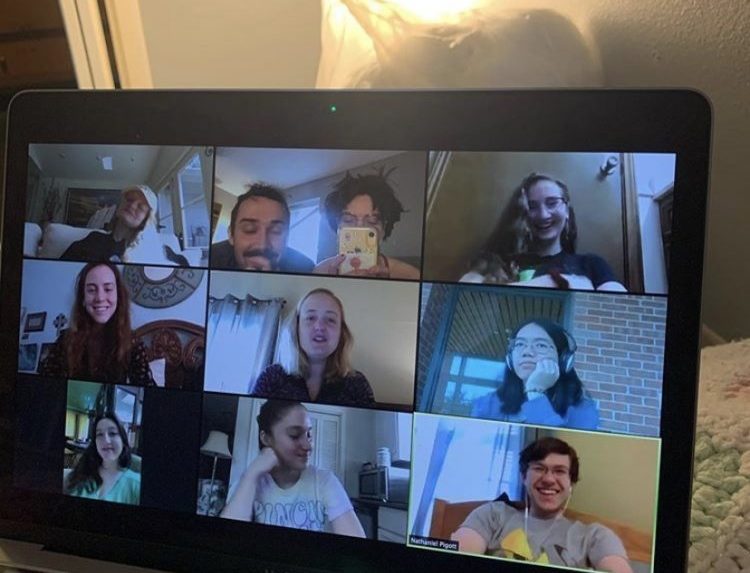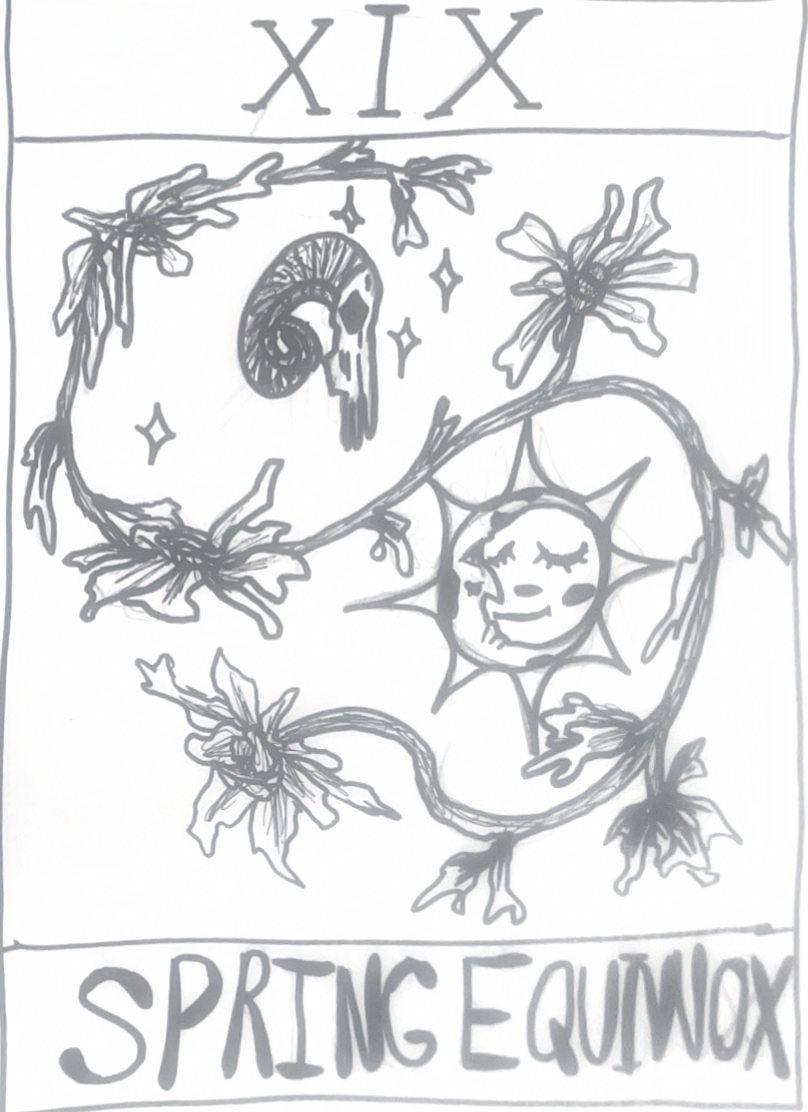Photo provided by Robin Bissett
This article is a part of the Trinitonian’s coverage of Trinity University’s response to the novel coronavirus (COVID-19). Click here to read the rest of our coverage.
Senior Lutfi Sun used to get plenty of homework done while waiting for students to arrive at the Quantitative Reasoning and Skills (QRS) Center. His job as a peer tutor primarily involves helping students with business statistics and economics, but downtime between tutoring sessions used to leave him either chatting with other tutors or getting work done.
This week, however, his job changed location from Coates Library to the video communication platform Zoom. Sun said it’s easy to get distracted when he isn’t Zooming with a student.
“You still tutor for a while,” Sun said. “But then everyone Zooms out, like, you turn off your camera and your mic. And for me, I start playing a mobile phone game — which I need to stop doing — or start checking emails or start watching YouTube.”
YouTube and games may be a click away from class, but some elements of tutoring remain the same. The QRS Center has maintained its drop-in model and regular hours: noon to 8 p.m. Monday through Thursday, noon to 3 p.m. on Fridays and 3–8 p.m. on Sundays.
“It would be pretty challenging to try to reorient the entire schedule because of the sheer number of people that work here, and … also students who are used to certain hours,” said Luke Tunstall, director of the QRS Center. “So, we’ve moved tutoring to a single Zoom Room online.”
To get help from a QRS Center tutor, students simply have to click a Zoom link. This link will connect the student with a tutoring moderator, who will route them to a breakout room with a tutor specialized in their subject.
A spreadsheet, posted on the university’s COVID-19 website, breaks down which QRS Center tutors are available at which times. The sheet is organized by class, so students can make sure they are getting help from someone who has taken the class they need help with.
“We’re not just there to teach people because they need it,” Sun said. “We’re also there to be like, ‘Oh, I have taken this class before. I can walk you through it. This can be better if you did this or that.’”
Junior Thomas Lauerman is the vice president and head tutor of Trinity’s Association of Computing and Machinery (ACM). He explained that ACM tutoring has also maintained its drop-in model and regular hours from 5–9 p.m. Monday through Thursday. Instead of Zoom, they use a text and video chat application called Discord.
“We have a couple different rooms where tutors will hang out and students that need help can drop in and explain their problem to us,” Lauerman said. “There’s also screen-sharing capabilities, so that’s probably the most useful part of it. We can look at their code and be like, ‘Oh, you need a semicolon,’ or whatever.”
Before Trinity’s switch to remote learning, computer science tutoring took place in CSI 257, a computer lab. The move to Discord has brought a few minor hiccups.
“Internet connection speeds can be a really big problem for us. Because if you’re trying to share your screen, and it’s not working for some reason … we’re very limited in how we can help,” Lauerman said. “In those situations, we have to have [the student] send us a screenshot of their code or type it in a text box and send it to us.”
According to Lauerman, some students also might not have the correct operating system installed on their computers.
“A majority of people don’t have Linux on their computers, and the only way to access the Trinity computers is to do VDI [desktop virtualization] … it’s a whole mess,” Lauerman said. “But in most classes, you can use Windows to do the assignments, or Mac or whatever you need to.”
One place where operating systems don’t interfere is the Writing Center. The Writing Center tutors have changed from their usual drop-in format to an appointment-based model, though the tutors will be keeping the same number of hours.
“All students will just click a link, and it will take them to an appointment platform,” said Jennifer Rowe, director of tutoring programs. “They’ll make an appointment with one of our nine tutors, and that tutor individually will send a Zoom link to the student for the appropriate time.”
To prepare for their video debut this past Monday, the Writing Center staff held several Zoom meetings, some with and some without Rowe. Rowe said she is confident — not only in the tutors but also in Zoom as a platform for meaningful connection.
“It’s sort of like FaceTiming a grandparent or something. You can really have a conversation and really talk deeply,” Rowe said.
Sun is not too worried about his tutoring job either, though he has noticed a lower volume of students coming to tutoring this past week.
“Not many students have come in so far, but this is the first week. Maybe it’s because they are discovering it, or they are also getting used to this new reality,” Sun said. “I guess it will take a while for all of us to get used to it.”









Kris Killinger • Mar 27, 2020 at 10:10 pm
Interesting article and well written, as always Kara. Amazing to see the quick adaptability of your university staff and students! We conduct our meetings much the same way at ExxonMobil but we typically just do audio with screen sharing on our Skype platform, and forgo the live video of our faces. Trinity students will be that much more prepared post-graduation, having successfully dealt with the challenges you’re now facing!
Shannon Killinger • Mar 27, 2020 at 3:00 pm
Nice job, Kara!!